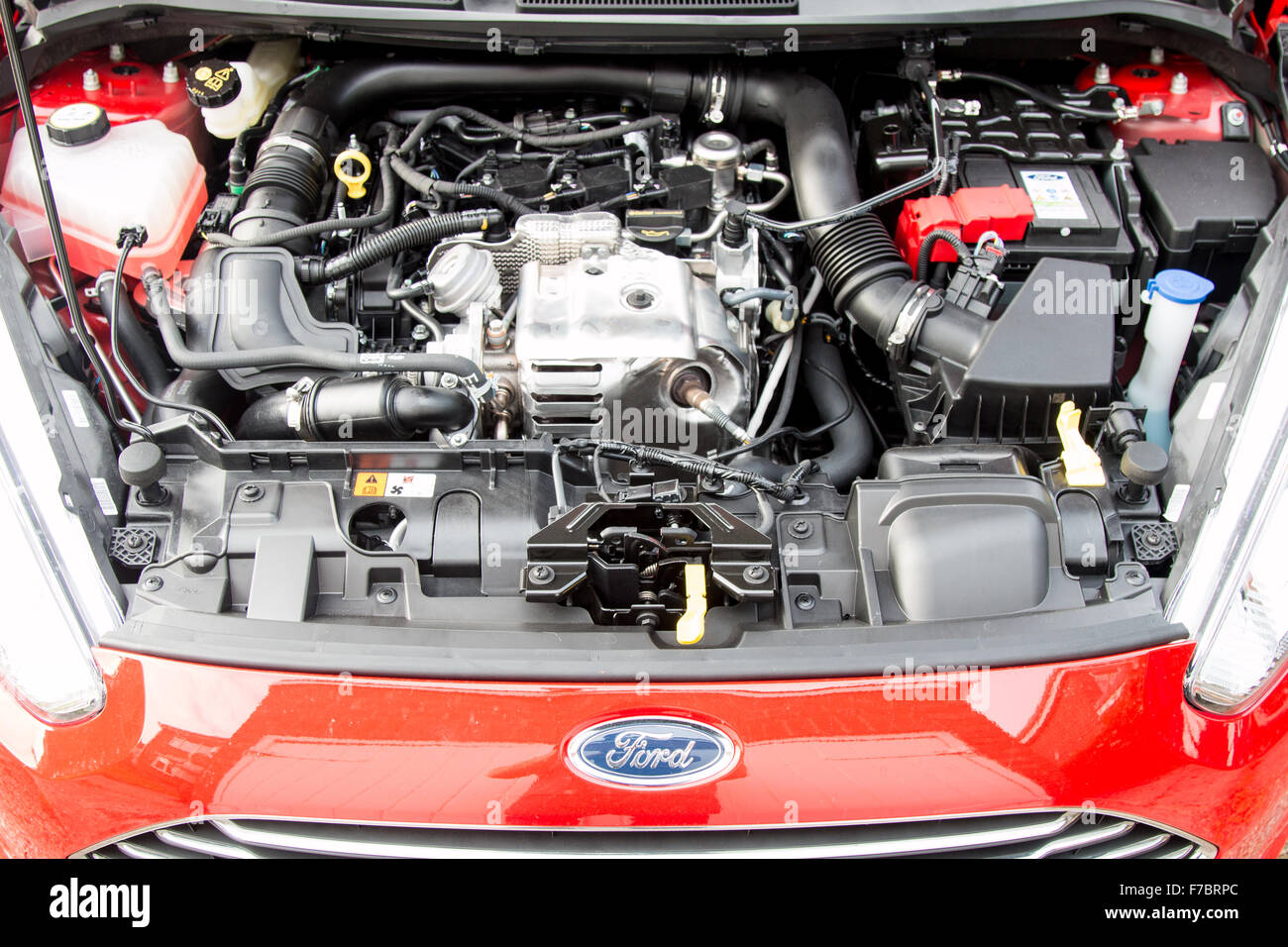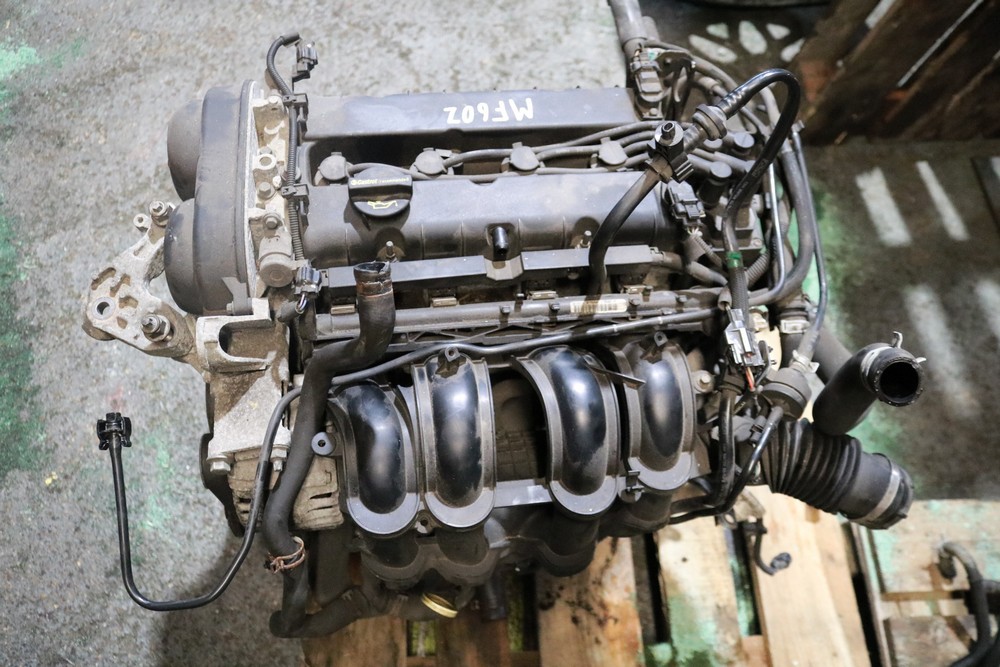Exploring the Evolution of Engines: From Timeless Styles to Modern Marvels
The development of engine modern technology stands for a considerable story in the background of innovation, marked by essential innovations that have actually consistently redefined transport and sector. From the first heavy steam engines that powered the Industrial Revolution to the introduction of inner combustion engines that changed mobility, each phase has added to greater efficiency and capability. Currently, the transition to electric power signifies not only a technological change yet also a wider commitment to ecological sustainability. As we take a look at these turning points, one have to consider how the future of engine style might unfold, challenging our assumptions of power and efficiency.
The Birth of Engine Technology
The advent of engine innovation noted a crucial minute in human advancement, transforming energy conversion and transportation. The earliest engines arised from the need to harness mechanical power for practical usage, leading to the development of devices that transformed various power types into movement (ford fiesta engine).
The advancement of the inner burning engine and the development of the vapor engine militarized an extensive change in industrial capabilities. These engines not just enhanced performance however likewise increased the scope of human flexibility, making it possible for unmatched transport possibilities. The early prototypes prepared for the mechanical globe, facilitating the increase of markets and improving social frameworks.
As engine designs evolved, they incorporated innovative materials and advanced design principles, leading the way for modern developments - ford fiesta engine. The birth of engine innovation sparked a relentless quest of effectiveness and power, setting the phase for the dynamic advancement of transport and commercial equipment that would certainly comply with
Heavy Steam Engines and Their Influence

The steam engine's effect was specifically evident in the transportation sector (ford fiesta engine). Steam-powered locomotives facilitated the fast motion of goods and individuals across huge distances, effectively reducing the geographical obstacles that had actually previously prevented profession and communication. Steamships revolutionized naval travel, enabling for quicker and much more reputable crossings of rivers and oceans.
In industry, steam engines powered factories, making it possible for mass production and the increase of metropolitan facilities as hubs of financial activity. Heavy steam innovation promoted technologies in engineering and manufacturing procedures, laying the groundwork for future innovations in engine style.
The Rise of Interior Burning
Frequently outweighing heavy steam power, the surge of internal burning engines marked a transformative change in transport and sector during the late 19th and early 20th centuries. The growth of these engines, defined by their capability to shed gas within the engine itself, enabled greater performance and power contrasted to typical steam engines. Introducing developers such as Nikolaus Otto and Rudolf Diesel played crucial roles in refining engine designs, bring about prevalent adoption in cars, boats, and industrial equipment.
The interior burning engine's small dimension and fairly lightweight nature facilitated the development of personal lorries, revolutionizing private wheelchair and reshaping city landscapes. By allowing faster travel and the reliable transport of goods, these engines militarized financial growth and cultivated globalization. The versatility of fuel alternatives, consisting of gasoline and diesel, additionally enhanced their charm, enabling for diverse applications throughout various sectors.
Despite the ecological issues that would certainly later occur, the first allure of inner combustion technology lay in its transformative possibility. As society accepted this technology, the foundation was laid for contemporary transport systems, developing interior burning engines as a foundation of commercial advancement and every day life throughout the 20th century.
Developments in Engine Performance
As internal burning engines ended up being integral to transportation and sector, the focus changed in the direction of boosting their efficiency to satisfy growing needs for efficiency and sustainability. Technologies in engine design, product science, and modern technology have actually considerably added to this advancement.
One significant development is the advancement of turbocharging, which permits boosted air consumption, leading to more total gas combustion and improved power outcome without enlarging engine dimension. In addition, variable shutoff timing systems have actually been carried out to optimize engine performance throughout numerous RPM arrays, therefore enhancing fuel efficiency.
The usage of innovative fuel injection technologies, such as straight injection, has likewise played a vital function. This approach allows for more precise control over the fuel-air mixture, advertising much better burning and minimizing discharges. Lightweight products, consisting of aluminum and composite components, have been taken on to minimize overall engine weight, leading to improved efficiency.
These innovations mirror a wider pattern within the auto industry, where the harmony in between design innovation and ecological considerations drives the ongoing pursuit for higher performance in inner combustion engines. Therefore, modern-day engines are now much more powerful, cleaner, and reliable try this site than ever, paving the way for a more lasting future in transportation.
The Change to Electric Power
With growing problems over environmental impact and fossil gas dependency, the vehicle market is experiencing a click significant change towards electric power. This transition is driven by a mix of technological improvements, regulatory stress, and altering customer preferences. Electric automobiles (EVs) supply an engaging choice to standard internal burning engines, flaunting reduced greenhouse gas discharges and reduced operating expense.
The surge of battery innovation has been a video game changer, with lithium-ion batteries becoming much more cost-efficient and efficient. Boosted energy density and faster charging capabilities have actually made EVs more functional for day-to-day usage. Additionally, federal governments worldwide are executing rewards and establishing ambitious targets for terminating fossil fuel automobiles, therefore speeding up the adoption of electric power.
As charging framework expands and battery innovation proceeds to enhance, the shift to electric power is positioned to reshape the vehicle landscape, promoting sustainability and advancement in the years to come. The future of transport is electric, and the momentum is obvious.
Final Thought
The development of engine modern technology stands for a considerable trajectory of technology that has profoundly affected transportation and market. From the fundamental steam engines to the transformative inner combustion engines, each growth has contributed to enhanced mobility and financial development.
